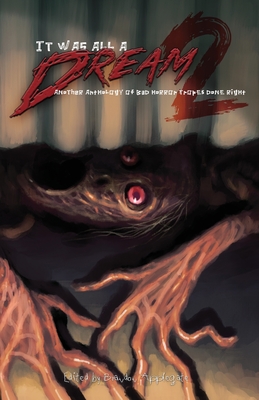
description
ories about North American outdoor life--both classic and contemporary--from James Fenimore Cooper and Jack London to Margaret Atwood and Anthony Doerr and many more. The North American landscape, in its rich and rugged variety, has inspired an equally wide and deep range of fiction over the past centuries. Diana Fuss has gathered a rich collection of timeless classics and contemporary discoveries summoning up our close and imagined encounters with all things wild. From the nineteenth century's Washington Irving ("Rip Van Winkle") to the twenty-first century's Ted Chiang ("The Great Silence")--a panoramic view of wilderness fiction, from Gothic tales of mystery and suspense ("The Heroic Slave" by Frederick Douglass), to tales of danger and survival ("Walking Out" by David Quammen); from modern tales of retreat and solitude ("Happiness" by Ron Carlson), to never-before-told tales of our new reality--of environment and extinction ("the river" by adrienne maree brown): these are stories that reveal the many ways in which the American literary landscape has shaped--and is shaped by--our conceptions of the wild. Diana Fuss nimbly shows, in her introductory text and commentary throughout, the development of the wilderness story, from its emergence in the work of Nathaniel Hawthorne ("Young Goodman Brown") and James Fenimore Cooper ("A Panther Tale"), to the height of its popularity in the stories of Jack London ("To Build a Fire"), to the environmentally conscious writing of T. C. Boyle ("After the Plague") and Karen Russell ("St. Lucy's Home for Girls Raised by Wolves"). Among those whose work appears in the collection: Wallace Stegner, Annie Proulx, Ambrose Bierce, Ernest Hemingway, William Faulkner, L. Frank Baum, Margaret Atwood, Tommy Orange, Walter Van Tilburg Clark, and Ray Bradbury.
member goods
No member items were found under this heading.
Return Policy
All sales are final
Shipping
No special shipping considerations available.
Shipping fees determined at checkout.







